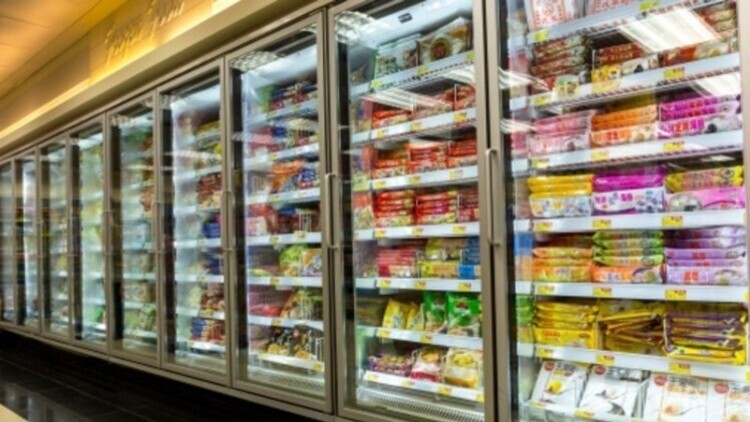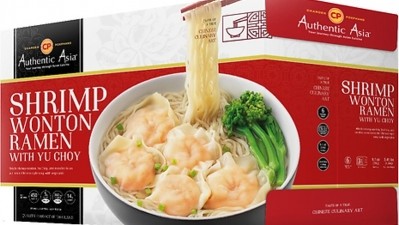COVID-19 contamination: Frozen food can carry virus, claims Chinese public health authority study

The CCDC is an independent agency of the National Health Commission, which falls under the Ministry of Agriculture.
These findings were highlighted in a study titled “Surveillance of SARS-CoV-2 Contamination in Frozen Food-Related Samples — China, July 2020 – July 2021” published in the China CDC Weekly.
The scientists collected and analysed over 55 million swabs of imported and domestic cold-chain foods and their outer or inner packaging during slaughter, production and processing, storage, transportation, and retail between July 2020 and July 2021. Environmental samples and human swabs were also collected.
Findings
More than 20 million swabs were from cold-chain food and packaging materials; the rest were environmental and nasopharyngeal swabs.
A total of 1,455 samples (0.26 per 10,000) were tested positive for the SARS-CoV-2 nucleic acid. For the virus-positive samples, 96.41% and 3.59% of samples were swabs of food and food packaging materials, and environment, respectively.
Out of the 1,398 COVID-19-positive food and food packaging material samples, 99.5% (1,391 swabs) were imported, and 0.50% (seven swabs) were domestic. Out of these positive samples, 18.6% (260 swabs), 2.65% (37 swabs) and 78.75% (1,101 swabs) were food, inner packaging, and outer packaging, respectively.
Additionally, 53.86% (753 out of 1,398 swabs), 37.91% (530 swabs) and 8.23% (115 swabs) came from seafood, poultry meat, and other foods respectively.
Aquatic foods were at the highest risk of SARS-CoV-2 contamination, followed by poultry. The outer packaging contamination by SARS-CoV-2 nucleic acid was much more frequent and serious than the inner packaging and food itself.
The top-ranked locations with SARS-CoV-2 detection frequency higher than two per 10,000 were Tianjin, Yunnan, Zhejiang and Fujian. On the other hand, the exporters of the positive samples were from 11 European countries, nine Asian countries, six South American countries, North America and two African countries.
These results suggest that the SARS-CoV-2-contaminated food chain products and their containers might be a potential source of infection by workers who came into contact with them.
Hence, frozen food as a source of infection and the cold chain as an introduction pathway of SARS-CoV-2 might present a risk for transmission between countries and regions, they claimed.
The researchers also added that the initial introduction of the SARS-CoV-2 virus through frozen foods into the Huanan Wholesale Seafood Market in Wuhan, Hubei, China, in late 2019, leading to the big secondary epidemic, cannot be ruled out.
“The survival and recovery of SARS-CoV-2 in certain foods highlighted the importance of safe food handling practices in mitigating any public health concerns related to SARS-CoV-2-contaminated foods,” said the team.
Hence, it is necessary to execute comprehensive mass testing, contract tracing and symptom screening among workers to identify asymptomatic or pre-symptomatic infection.
Besides screening, there is an urgent need to research and develop effective self-protection equipment for working environments with temperatures below -18 degrees Celsius, they added.
Source: China CDC Weekly
DOI: 10.46234/ccdcw2022.105
“Surveillance of SARS-CoV-2 Contamination in Frozen Food-Related Samples — China, July 2020 – July 2021”
Authors: Li Fengqin et al.

















